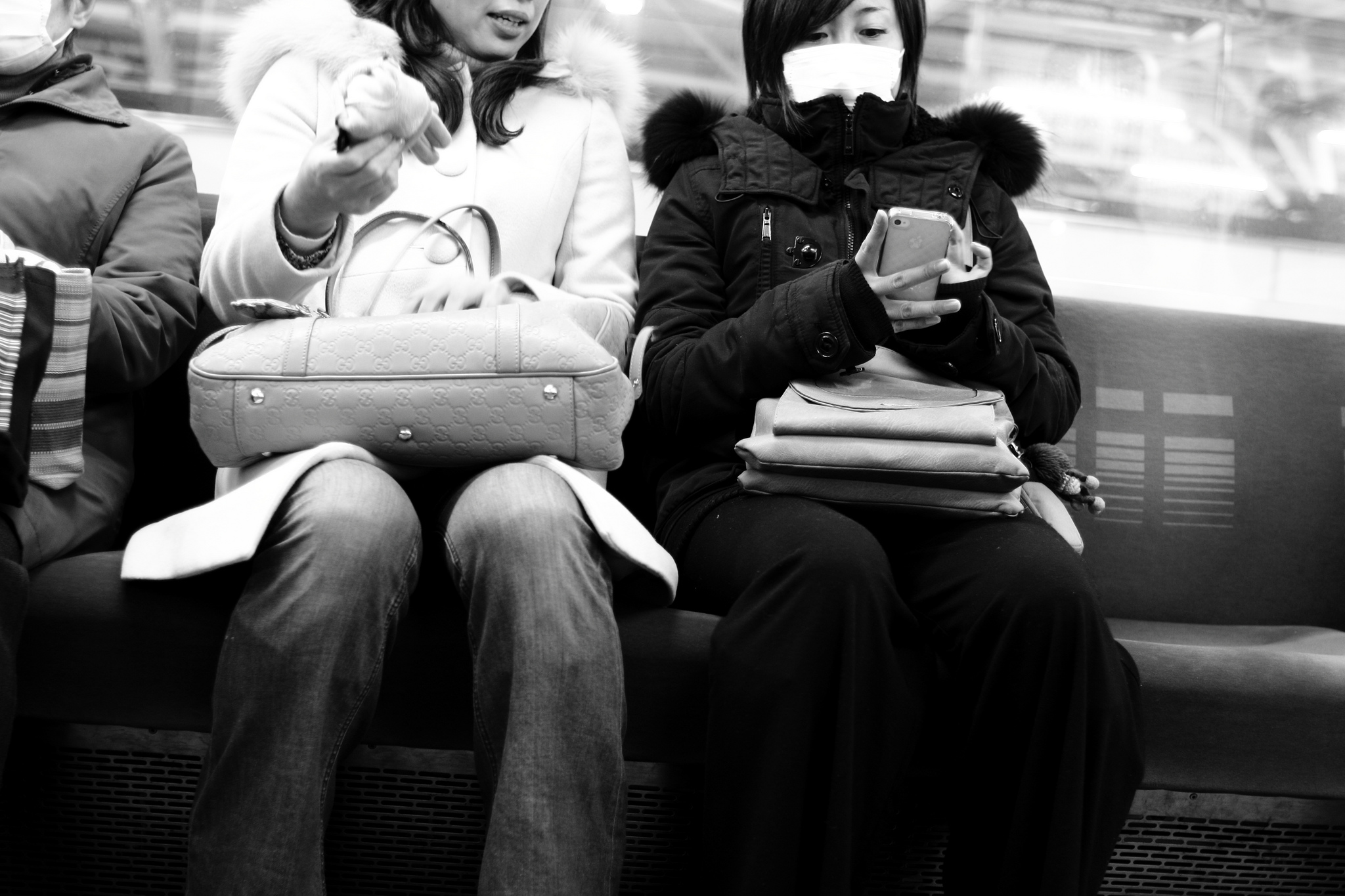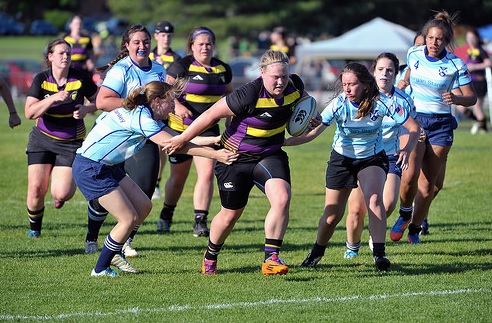Why Aren’t There More Apps for Women?
A recent survey revealed that women not only install 40 percent more apps than men but, more astoundingly, pay 87 percent more for those apps. This means that not only are women much more app hungry then there male counterpart but that they are even more willing to invest money in their pursuit of them.
Therefore, from the standpoint of an app designer or distributor, women should be the demographic that is being aimed at. However, despite these statistics, apps are still predominately designed for, and marketed at, men.
For example, there are hundreds of sports betting apps currently available. It is undeniable that this app sub-genre is a lucrative one, with a large audience and a premise based around repeated money investment. It is estimated that the leading sports-betting app, by Bet365, is visited 5.6 days out of every month by its users in the UK, with the most popular feature being FA Cup betting.
However, the majority of the app users are men and even through female sports are rightly exhibited on Bet365’s main-page (http://www.bet365.com/news/en/betting/), this is an exception rather than the norm within the genre. So even the majority of popular, supposedly gender neutral apps, ignore their female audience.
Moreover, with the sports-betting app market become increasingly cluttered with variants, it is becoming increasingly difficult to design and promote successful and lucrative new versions of the format. Yet, despite this, sports betting apps are still churned out at an astounding pace and their advertisement still more prominent then that of any other app sub-genre.
But why do this, when there are millions of female app users not only more statistically willing to invest, but who are crying out for new services that have not yet been given the app treatment. There have even been numerous success stories in recent months to support this claim. If it be female-friendly versions of existing gender neutral, or male favoured, apps or completely new products that appeal to an exclusively female demographic.
For example, designers Hatty Kingsley-Miller and Mo Saha recently launched a female-aimed dating app called Antidate. Unlike Tinder, Antidate makes the female user invisible to the male user until they have chosen to contact them, stopping women from being harassed or uncomfortably pursued by men. Meanwhile, German developer Hoxton Ventures has had great success with its app Clue, which helps women track their menstruation cycles.
Whilst the former enterprise aims to reshape an existing app for a female audience and the latter create an exclusive gender service, both have proved to be popular and lucrative products. There joint successes at least partially down to a lack of competition due to few developers targeting the female demographic.
But why have so few joined these pioneering developers, when both the theoretical and practical benefits of creating apps for women have now been proven? Why hasn’t there been a female-targeted sports-betting app, for example? Sadly, it may simply be down to adherence to gender stereotypes by the industry.
The archaic notion that women are neither capable or interested in using apps and the presumption that the male demographic is intrinsically more technologically focused, whilst women are more concerned with domestic products. It is an assumption that is insulting to both genres whilst being, at the same time, a poor business choice by app developers that leaves the millions of tech-savvy female app users unappreciated and under-provided for.






